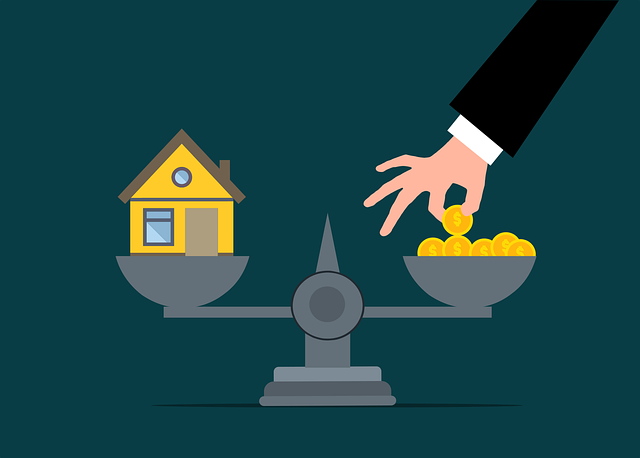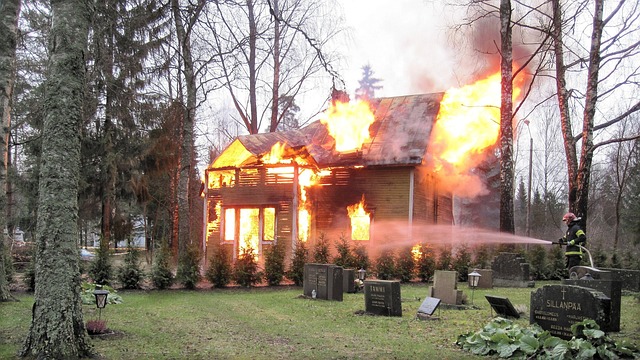Real estate investors play a vital role in California's post-disaster reconstruction, especially after fires, by purchasing and refurbishing damaged houses. This stimulates local economies, supports homeowners, and contributes to faster community recovery. Selling fire-damaged homes in California offers unique advantages, such as potentially lower prices and strong market demand for character properties. However, navigating legalities requires professional guidance, accurate damage assessments, and compliance with disclosure rules. Successful investors strategically assess damage, engage experts, focus on areas with recovery potential, and work with local agents to identify undervalued properties, ultimately optimizing the process of selling fire-damaged houses in California.
In California, real estate investors play a pivotal role in shaping the state’s dynamic market. Understanding these investors and their strategies is key to navigating complex dynamics, especially in post-fire scenarios. This article delves into the world of real estate investment, focusing on the appeal and challenges of buying and selling fire-damaged properties in California. From legal considerations to successful investment strategies, we explore case studies that highlight profitable turnarounds, offering insights for those interested in this niche market, including effective methods to sell fire-damaged houses in CA.
- Understanding Real Estate Investors and Their Role in California's Market
- The Appeal of Investing in Fire-Damaged Properties
- Navigating Legalities: Buying and Selling Fire-Damaged Houses in CA
- Strategies for Successful Investment in Post-Fire Real Estate
- Case Studies: Profitable Turnarounds of Fire-Damaged Homes in California
Understanding Real Estate Investors and Their Role in California's Market

Real estate investors play a significant role in California’s dynamic market, contributing to its growth and diversity. These investors range from individuals looking to flip properties after natural disasters like fires to large institutions investing in rebuilding efforts. In the context of selling fire-damaged houses in California, investors step in to acquire these distressed properties at potentially lower prices, refurbish them, and resell them, thereby stimulating local economies.
Their role is multifaceted: they provide capital for reconstruction, offer quick transactions to owners facing financial burdens, and drive market liquidity. By purchasing fire-damaged homes, these investors not only help communities recover but also create opportunities for homeowners to rebuild their lives. This investment in affected areas can lead to faster revitalization, enhancing the overall resilience and appeal of California’s real estate landscape.
The Appeal of Investing in Fire-Damaged Properties

Investing in fire-damaged properties can seem counterintuitive, but for real estate investors in California, there are unique advantages that make these opportunities highly appealing. Despite the initial challenges, buying a house damaged by fire offers a chance to acquire real estate at potentially lower prices compared to the market average. This is especially true in areas where demand outstrips supply, providing savvy investors with an opportunity to renovate and resell for significant profit.
The process involves careful assessment of structural damage, determining if the repairs are cost-effective, and considering local zoning regulations regarding rehabilitation. With proper due diligence, fire-damaged homes can be transformed into desirable residences, catering to California’s housing market trends. Many buyers seek unique properties with character, making renovated fire damage cases particularly attractive for those looking to stand out in a competitive real estate landscape.
Navigating Legalities: Buying and Selling Fire-Damaged Houses in CA

Navigating the legalities of buying and selling a fire-damaged house in California involves understanding specific regulations designed to protect homeowners and investors alike. When considering to sell a fire-damaged property, it’s crucial to begin with an accurate assessment of the damage. This includes documenting all losses through photographs and detailed reports from professionals, such as structural engineers or fire restoration specialists.
In California, sellers are required to disclose any known material defects, including those resulting from fires. Failure to do so could lead to legal repercussions. For investors looking to purchase these properties, it’s essential to conduct thorough due diligence by reviewing the disclosure statements and assessing the feasibility of restoration costs against the potential resale value. This process often requires the expertise of real estate attorneys and insurance adjusters to ensure a smooth transaction that complies with all local regulations regarding fire-damaged homes in California.
Strategies for Successful Investment in Post-Fire Real Estate

After a fire, many homeowners in California are left with damaged properties and the daunting task of deciding how to proceed. For real estate investors, this presents an opportunity to acquire properties at potentially lower prices. However, investing in post-fire real estate requires careful consideration and strategic planning to ensure success. One key strategy is to assess the extent of damage and determine if renovation is feasible and cost-effective. Investors should engage professional appraisers and contractors to evaluate the structural integrity and potential repair costs, ensuring they make informed decisions.
Another successful approach is to focus on areas with strong recovery potential. Invest in neighborhoods that have a history of post-disaster revitalization, where there’s a high demand for housing. Offering competitive prices while considering the market dynamics can attract buyers looking to rebuild their homes or invest in a resilient community. Additionally, working closely with local real estate agents who understand the unique challenges and opportunities after a fire can provide valuable insights into identifying undervalued properties and navigating the buying process efficiently.
Case Studies: Profitable Turnarounds of Fire-Damaged Homes in California

In the competitive California real estate market, investors often seek unique opportunities for profitable turnarounds. One such avenue has emerged from unexpected sources—fire-damaged homes. Case studies across the state demonstrate that purchasing and rehabilitating fire-damaged properties can yield substantial returns. These projects cater to a niche market of buyers seeking affordable housing or investment opportunities, especially in areas with limited inventory.
By studying successful examples of selling fire-damaged houses in California, investors can gain valuable insights into the process. This involves assessing the extent of damage, obtaining necessary permits, and coordinating with specialized contractors for renovation. Effective marketing strategies that highlight the potential for transformation and value are key to attracting buyers interested in these unique properties.
Real estate investors play a pivotal role in California’s dynamic market, and their interest in fire-damaged properties presents unique opportunities. By navigating the legalities involved in purchasing and selling these homes, investors can employ strategic approaches to successful investment. The case studies highlighted demonstrate that even post-fire, these properties can be turned around profitably. Understanding this niche market and adopting the right strategies can lead to substantial gains for California real estate investors looking to buy and sell fire-damaged houses.






